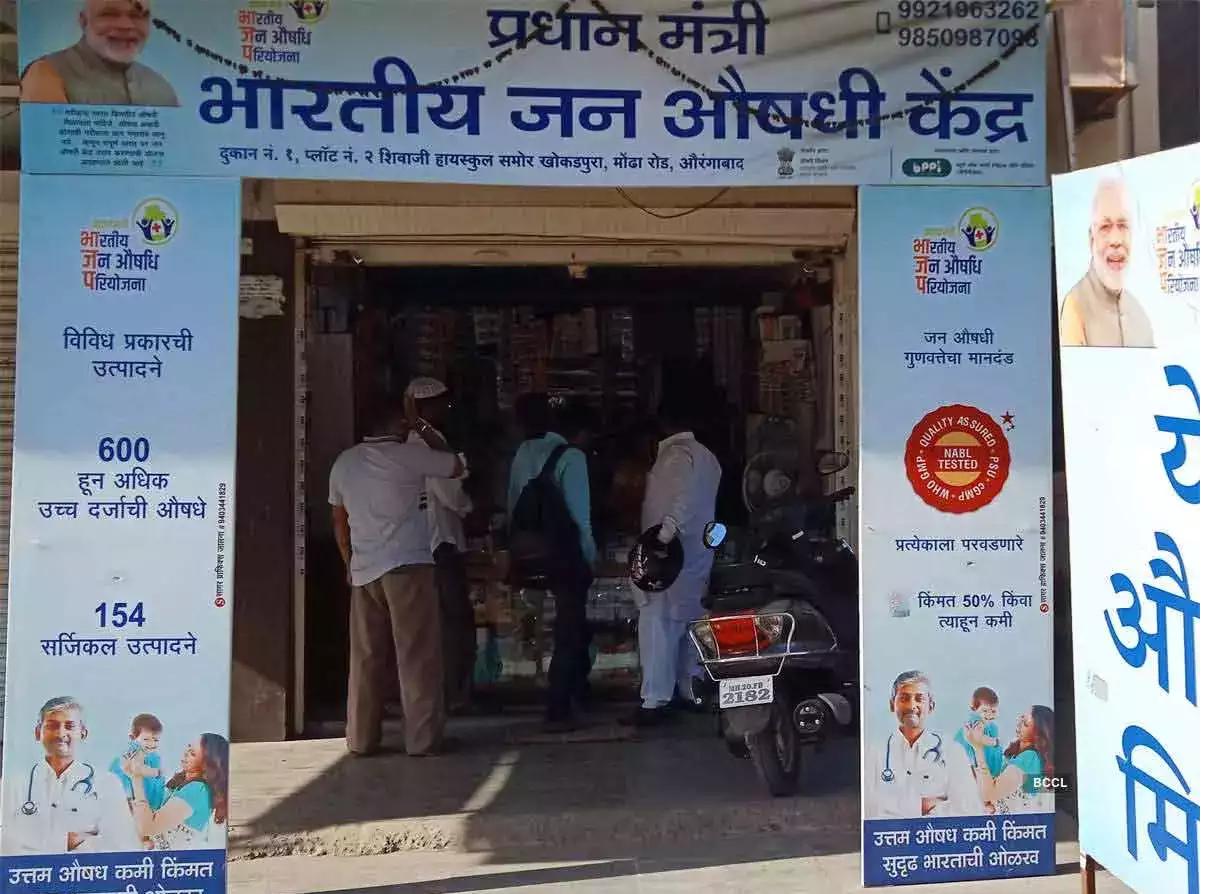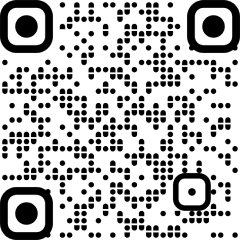
By Shalini Bharadwaj
Gurugram: The central government runs various schemes to provide affordable treatment to the public, one of the key initiatives being the Pradhan Mantri Bhartiya Janaushadhi Pariyojana (PMBJP). Under this scheme, people can access medicines at a discount of up to 90 per cent.
In this context, visited the Jan Aushadhi warehouse in Gurugram, Haryana, to observe how these medicines are made available to the public.
Dr. Arunish Chawla, Secretary of the Department of Pharmaceuticals, Ministry of Chemicals and Fertilizers, stated, “Jan Aushadhi is a flagship program of the Indian government. From the Red Fort, PM Modi announced that we will increase the number of Jan Aushadhi Kendras from 10,000 to 25,000 over the next three years. Jan Aushadhi Kendras are rapidly opening across the country, with over 13,000 currently operational.”
Ravi Dadhich, CEO of the Pharmaceuticals and Medical Devices Bureau of India (PMBI), explained that India has 10,000 manufacturing units across various states involved in the production of Janaushadhi medicines. He elaborated on the production chain, ensuring that the manufacturers are WHO-GMP certified to guarantee the highest quality standards.
“There are more than 10,000 manufacturing units across different states in India. We place orders for Janaushadhi medicines while ensuring that the manufacturers are WHO-GMP certified, so we receive the best quality medicines. Once the medicines meet the prescribed standards, they are supplied to the national-level Janaushadhi central warehouse,” he said.
He also mentioned that similar warehouses are located in Guwahati, Chennai, Bangalore, and Surat to serve different regions of the country.
“After receiving the medicines in this warehouse, we anonymize the details, concealing the manufacturer’s information, and send them for retesting at NABL-accredited labs. Once we receive a certified report confirming their quality, we distribute them to different parts of the country, selling them through our 13,000 Janaushadhi centres,” he added.
“These medicines are 50 per cent to 90 per cent cheaper than branded alternatives. The majority of the medicines are at least 50% cheaper, with some offering discounts of up to 90 per cent,” he further explained. (ANI)







